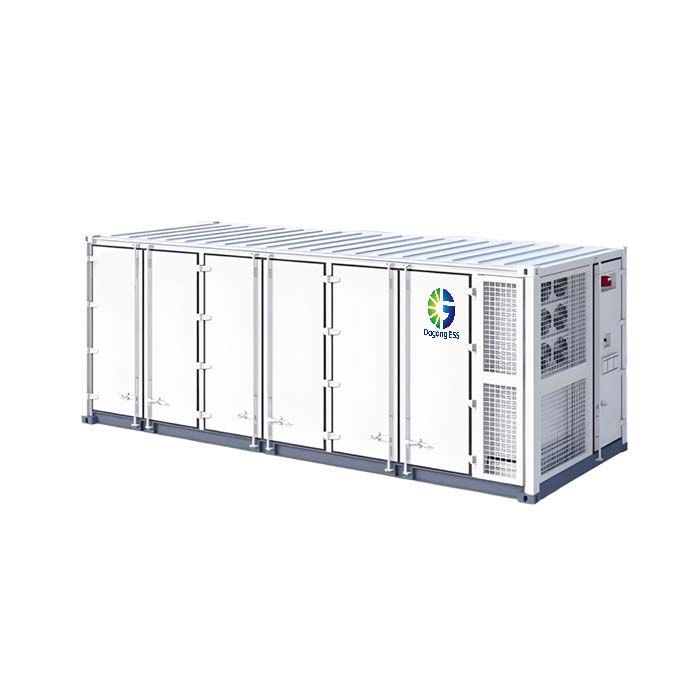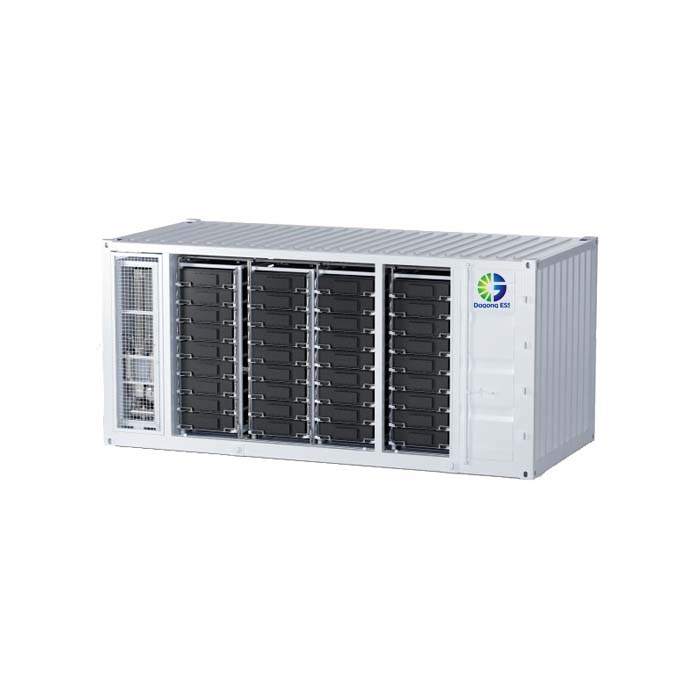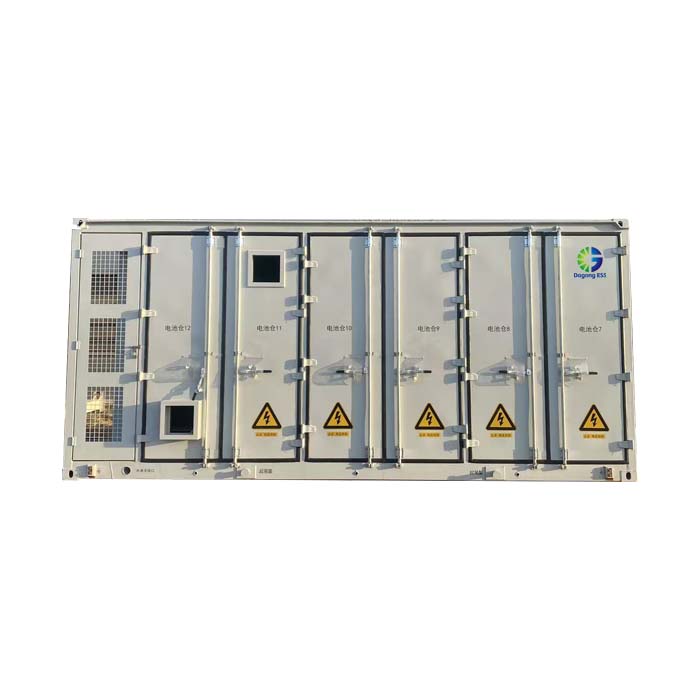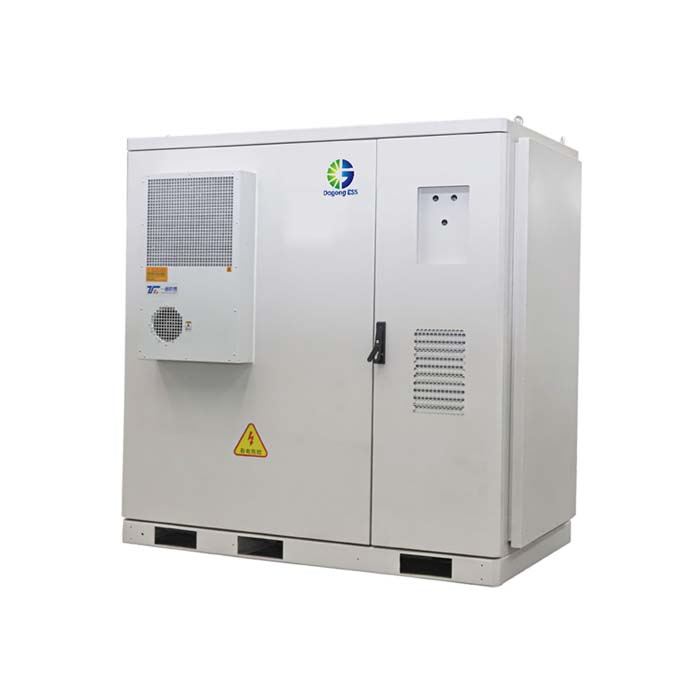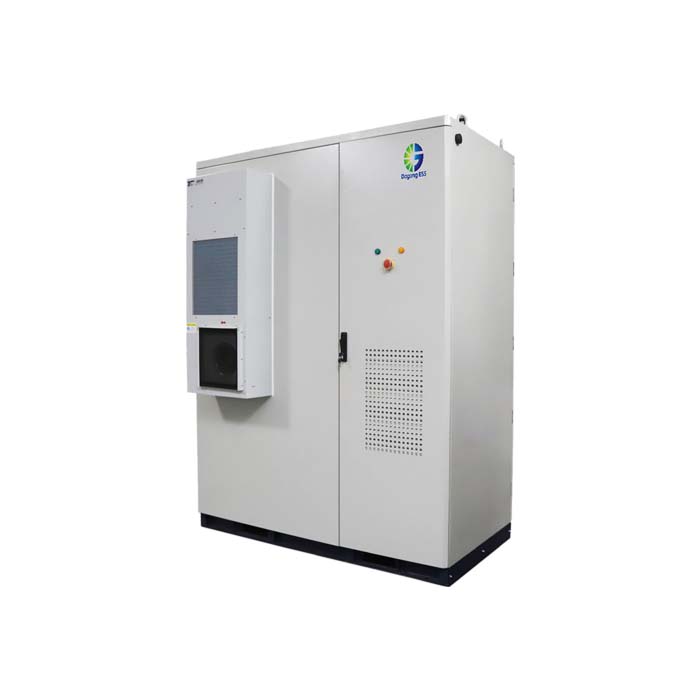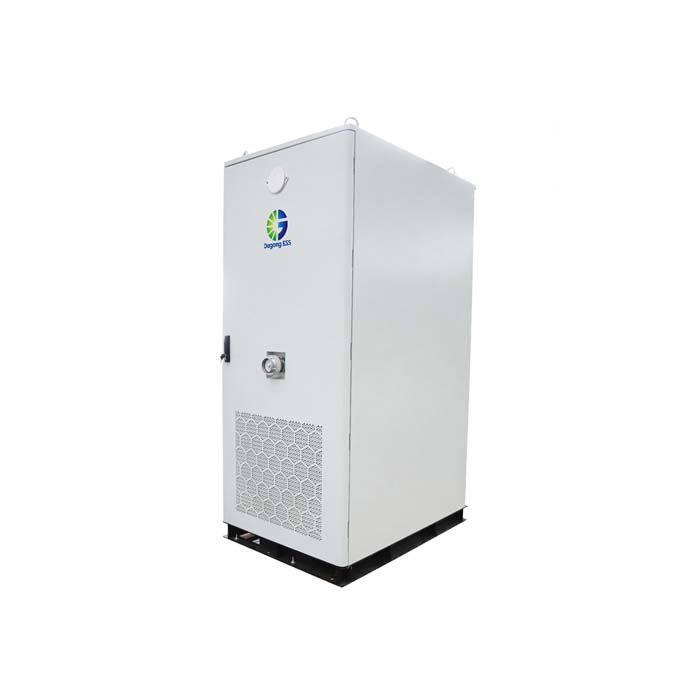Reliable and Safe LFP Battery Solutions for Modern Energy Storage Systems
What are LFP Batteries?
LFP (Lithium Iron Phosphate) batteries are a type of lithium-ion battery using lithium iron phosphate as the cathode material. They are widely adopted in energy storage systems due to their high safety, long cycle life, and excellent thermal stability.
Advantages:
High safety and low risk of fire or explosion
Long cycle life, typically over 6000–8000 cycles
Excellent thermal stability, suitable for high-temperature environments
Environmentally friendly and non-toxic
Cost-effective with declining production cost
Core Technologies:
CTP (Cell-to-Pack) modular integration
Intelligent Battery Management System (BMS)
Thermal management systems (air or liquid cooling)
Challenges for LFP Batteries
Despite their many advantages, LFP batteries also face several challenges in practical applications:
Lower energy density: Compared to NCM batteries, LFP cells offer slightly lower volumetric and gravimetric energy density.
Solution: Dagong ESS improves system-level density through compact CTP integration.Poor low-temperature performance: Discharge efficiency drops in cold environments.
Solution: Heating components and thermal control strategies are used to maintain functionality in low temperatures.Limited fast-charging capability: LFP chemistry has certain limitations under high C-rate charging.
Solution: Optimized charging algorithms improve charging speed without compromising cycle life.High demand for cell consistency: System stability heavily depends on cell uniformity.
Solution: Dagong ESS enforces strict cell selection standards and advanced BMS balancing mechanisms.
Why Choose Our Energy Storage Solutions?
Dagong ESS specializes in high-performance, modular, and safe energy storage solutions, with extensive expertise in LFP battery systems.
Our advantages include:
Premium-grade LFP cells supporting 8000+ charge/discharge cycles
CTP modular design for easy expansion and maintenance
Multi-layer safety protection (overvoltage, overcurrent, temperature, short circuit)
Compatible with both air-cooled and liquid-cooled systems
Certified to CE, UN38.3, MSDS and other international standards
Applications of Energy Storage Systems in Smart Power Infrastructure
As a core component in energy storage systems, LFP batteries are widely applied in:
Residential energy storage systems (off-grid/on-grid)
Peak shaving and valley filling for C&I sectors
Coupled renewable energy systems (solar + storage, wind + storage)
Microgrid and emergency backup systems
Grid regulation and utility-scale battery stations
Dagong ESS Products Showcase
All the following systems utilize high-performance LFP batteries:
5kWh to 80kWh stackable residential ESS
100kWh to 144kWh air-cooled C&I ESS
215kWh liquid-cooled C&I ESS
5MWh air-cooled containerized ESS
Frequently Asked Questions
Q1: Which is better for energy storage: LFP or NCM batteries?
A: LFP batteries are safer and offer longer cycle life, making them ideal for energy storage applications where high energy density is not the top priority.
Q2: Can LFP batteries be used in cold climates?
A: Yes, with built-in heating and temperature control systems, Dagong ESS LFP storage systems operate reliably in sub-zero conditions.
Q3: Does Dagong ESS offer customized solutions?
A: Yes, Dagong ESS provides tailored energy storage systems to meet diverse regional, industrial, and technical requirements, including capacity, voltage, and communication protocols.


